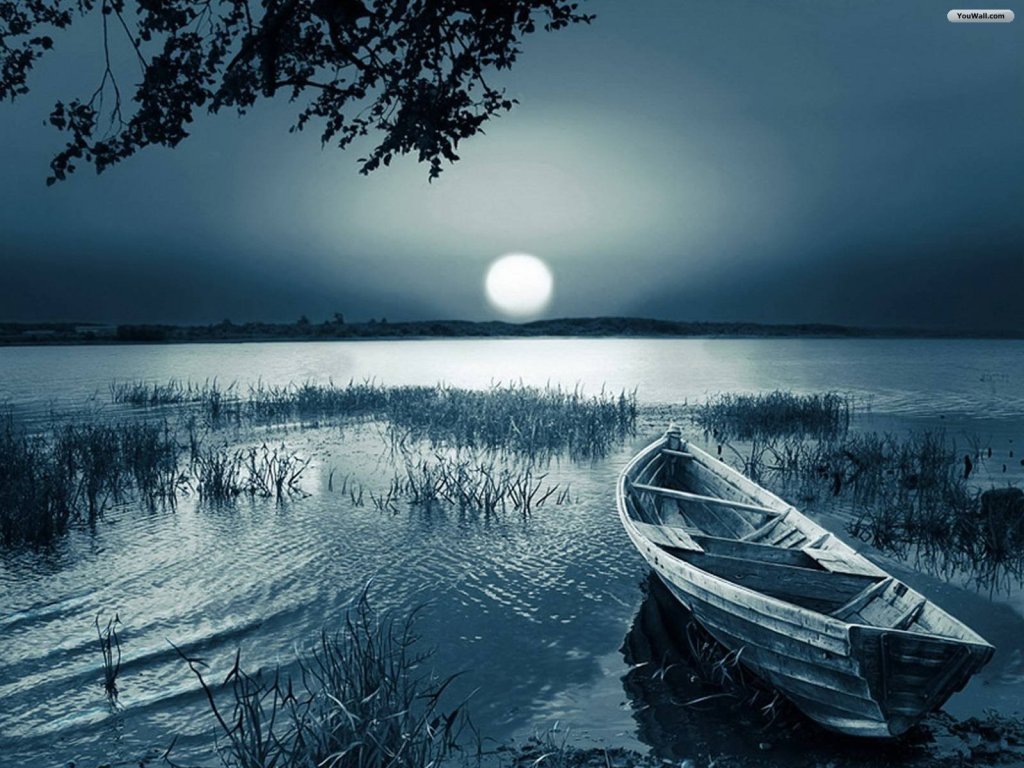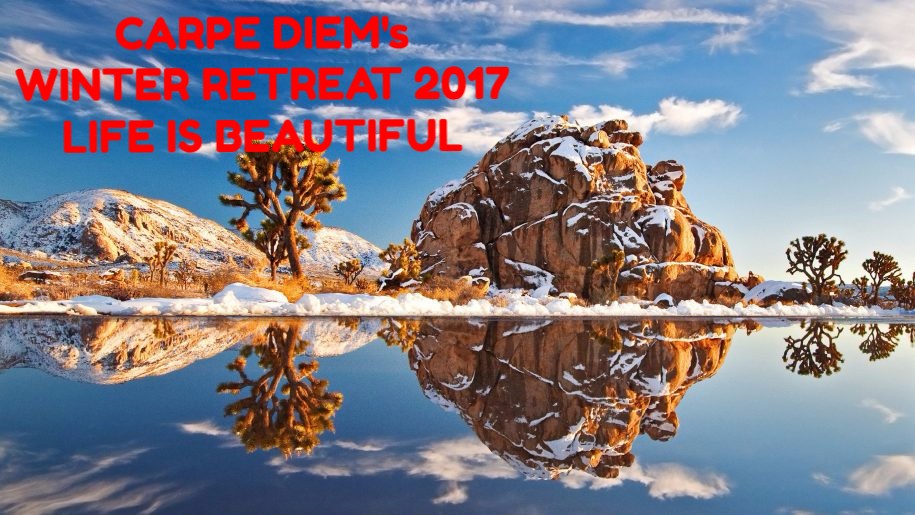Dear readers,
It has been a very long time that I had the opportunity to create a post here. There were always other things that needed my attention, but I hope to return to activity here.
Today I just wanted to share some thoughts. What is haiku? Well it’s that sweet little Japanese poem that caught me back in 1988. I had never heard about it than, but as I started to read about haiku and got to know haiku better I just started to create haiku and shared it in several books and booklets, but that wasn’t enough.
After a few years I started my first weblog and after several years I started a daily haiku meme. Inbetween all those activities I published several of my haiku in international magazines and books. Now, still into haiku, but not only haiku I ran into several other forms of japanese poetry like Senryu, Kyoka, Tanka and Renga.

I really hope that I can publish more often.
Have a great weekend!







